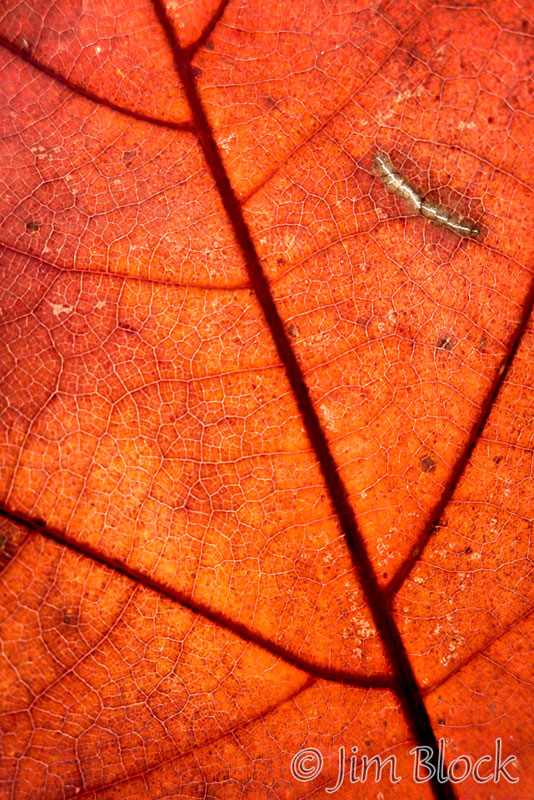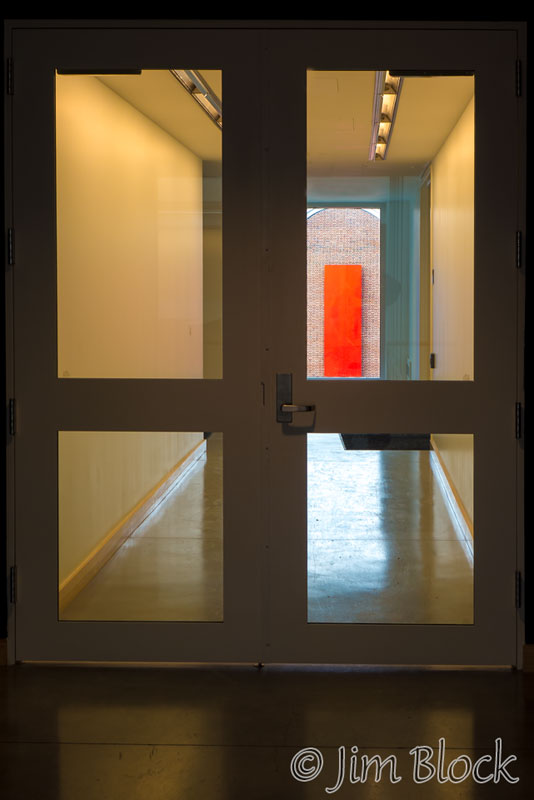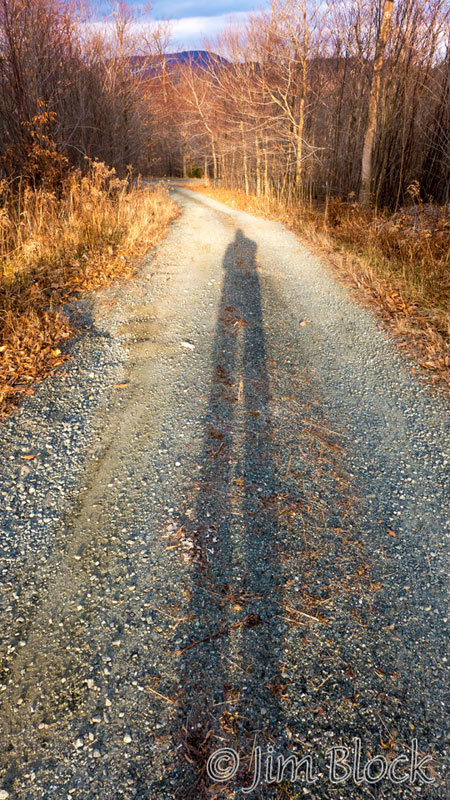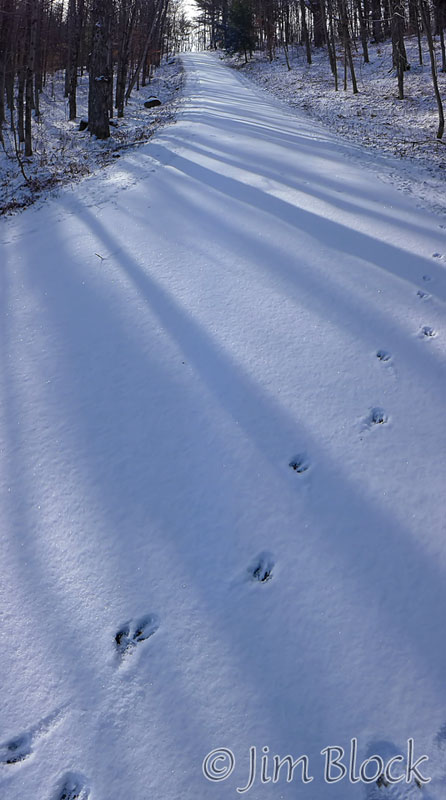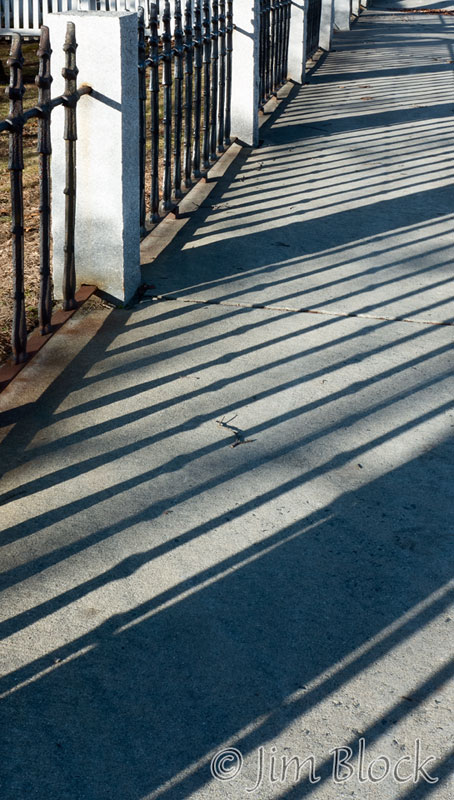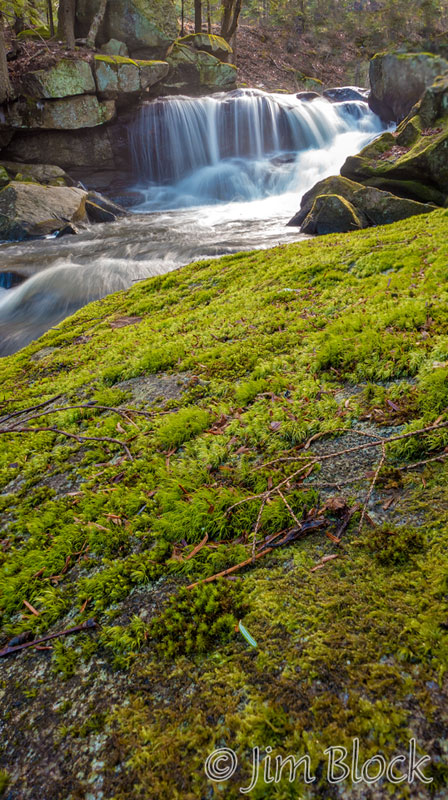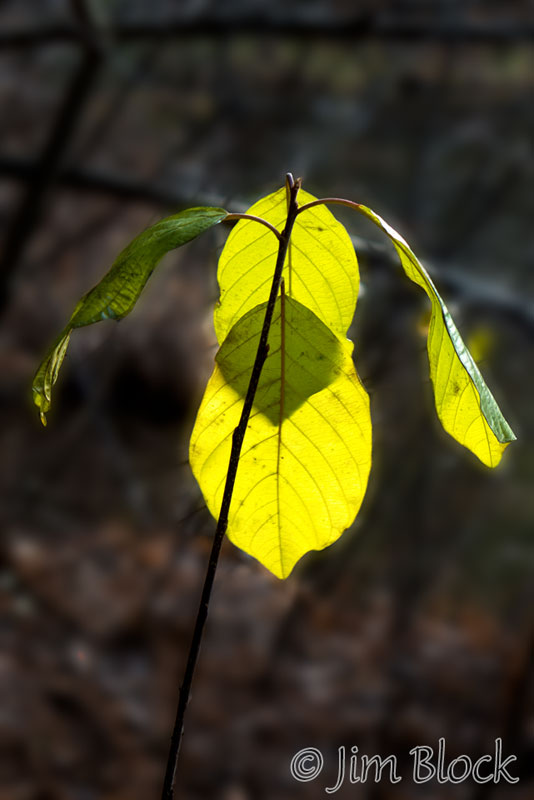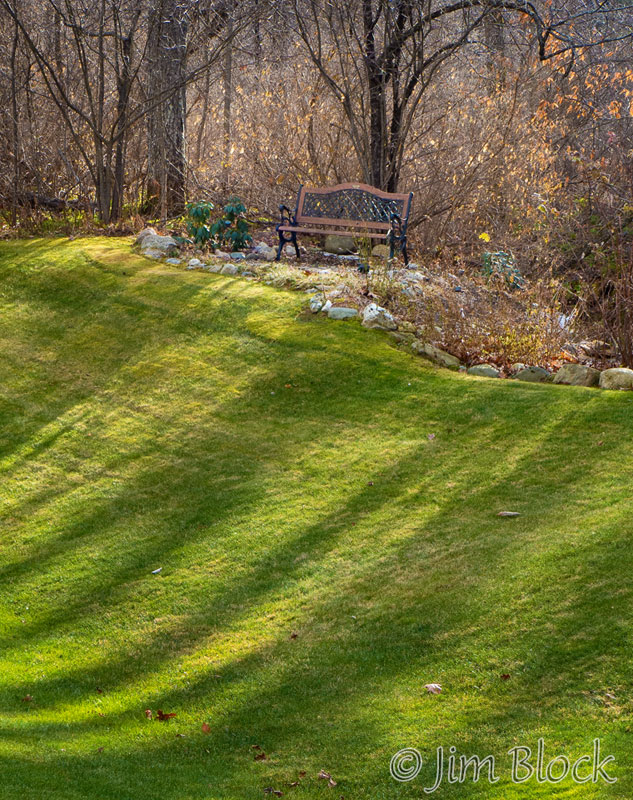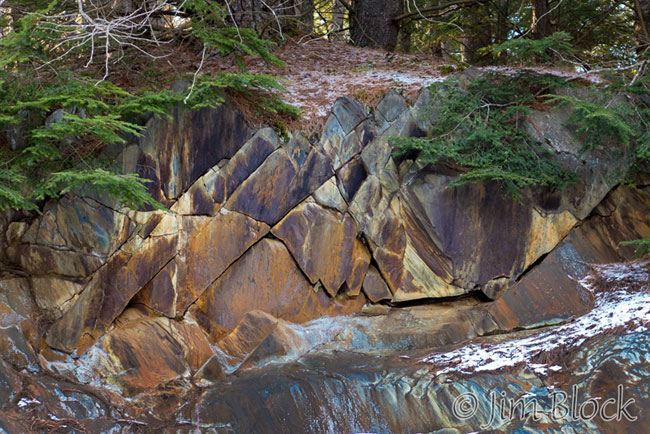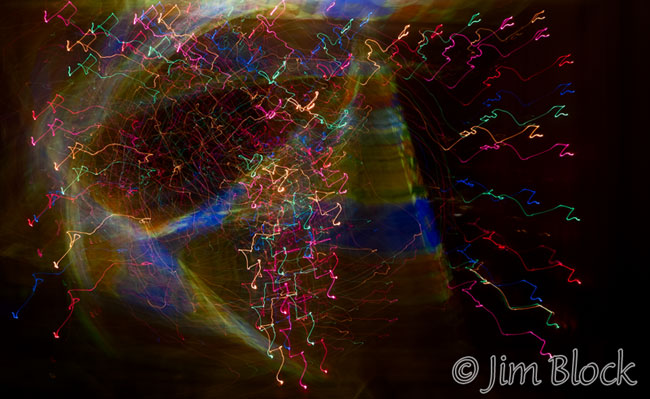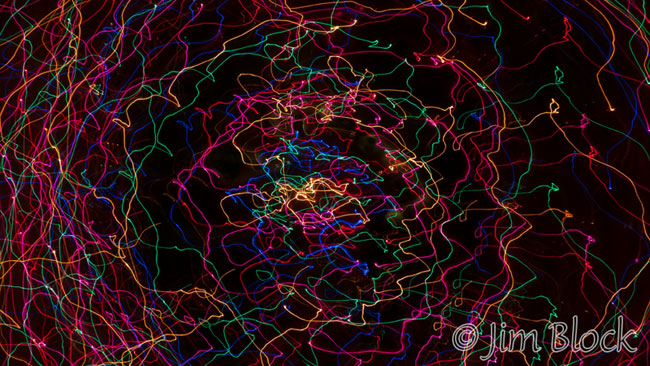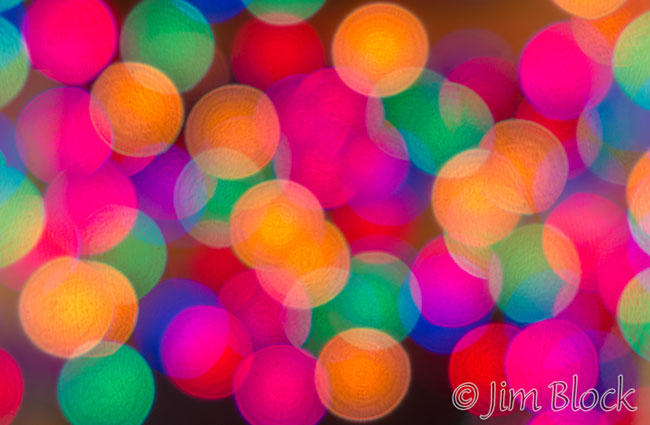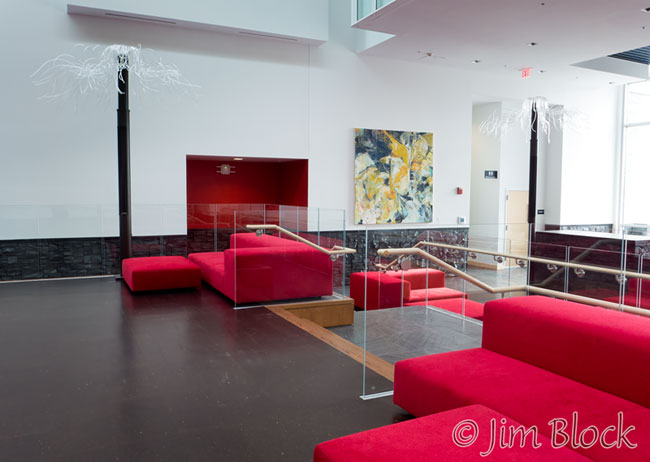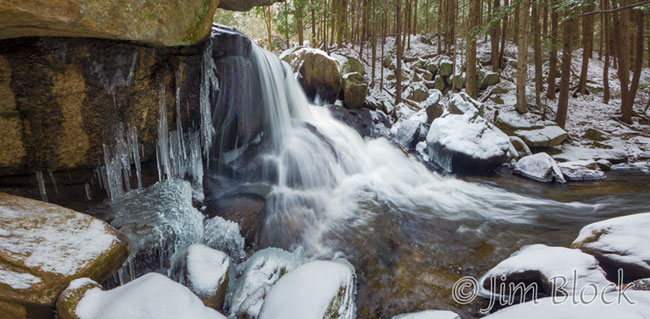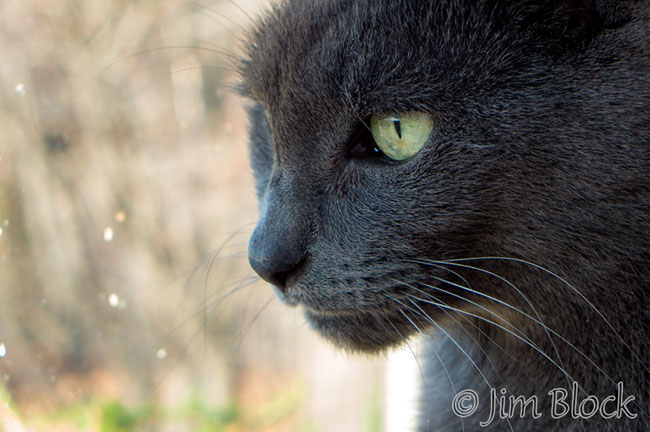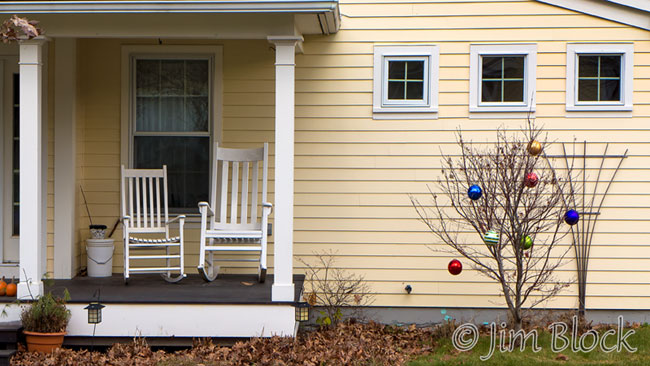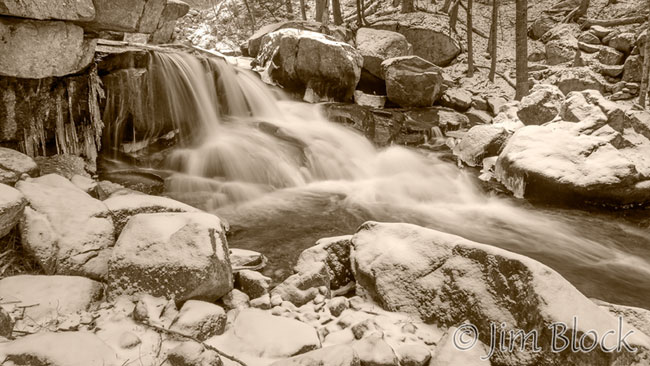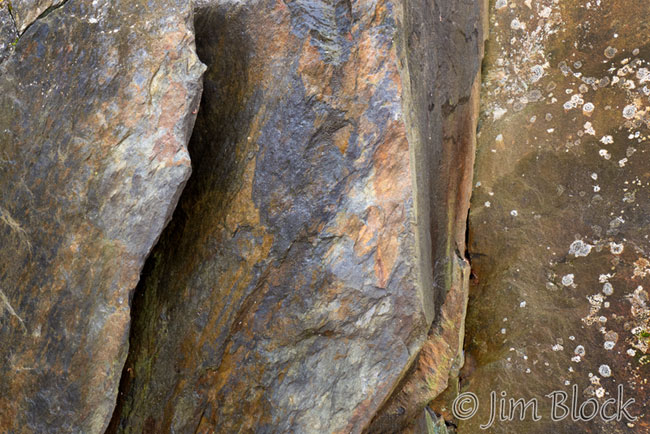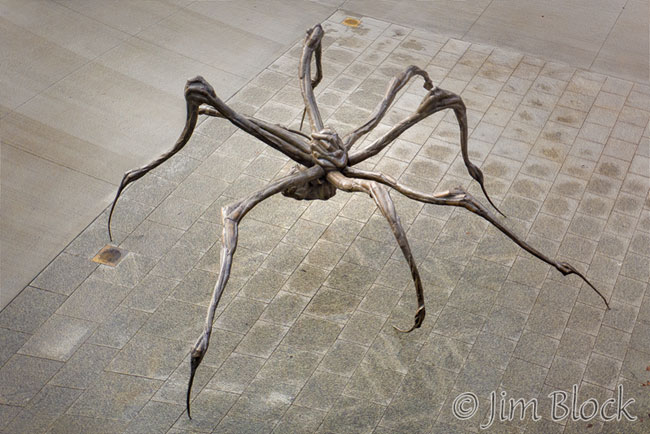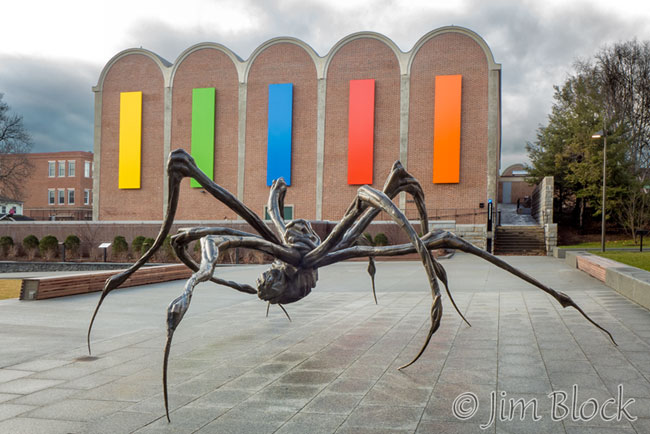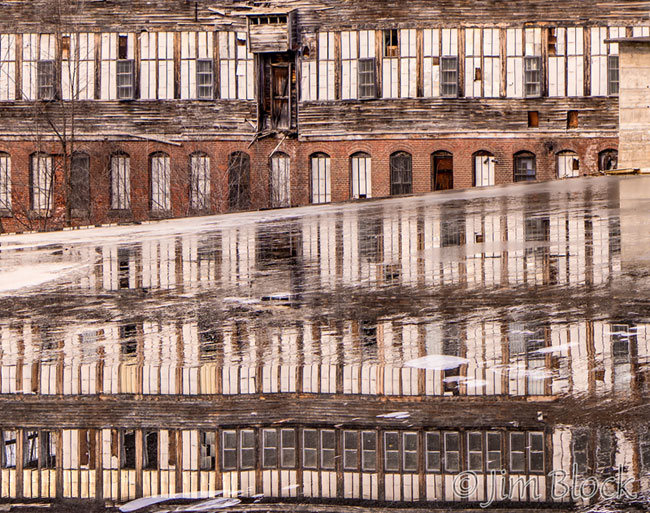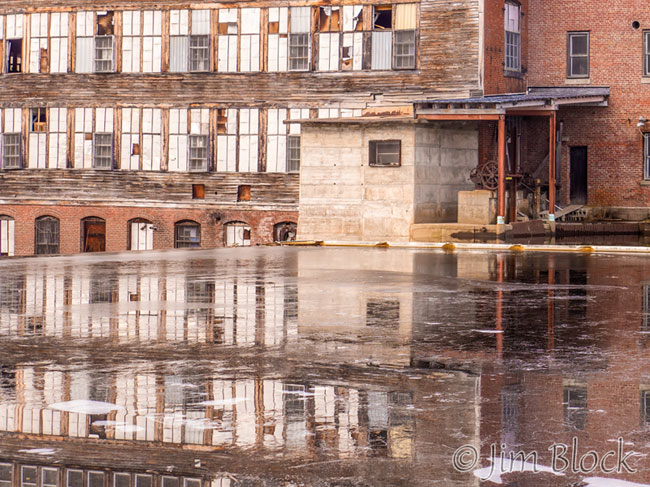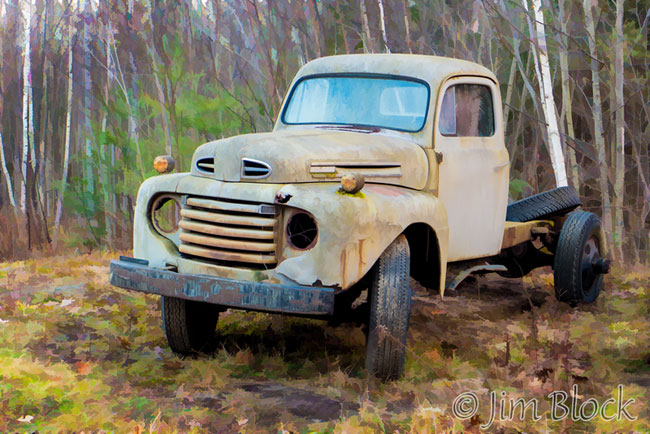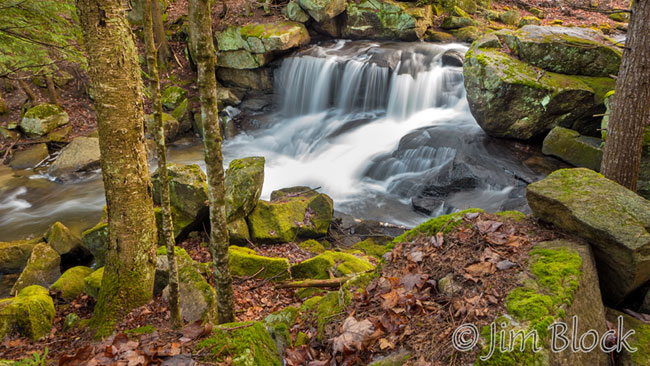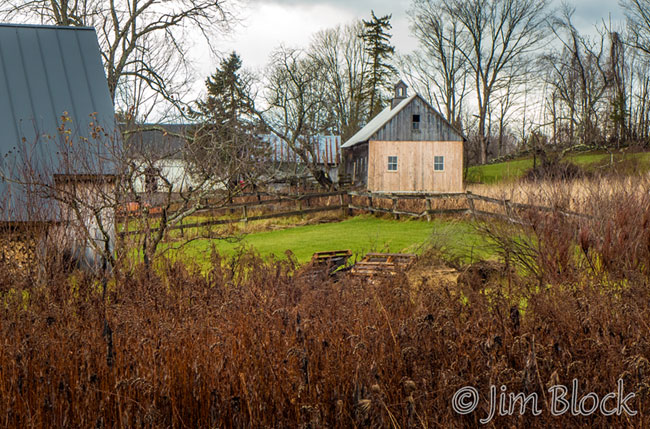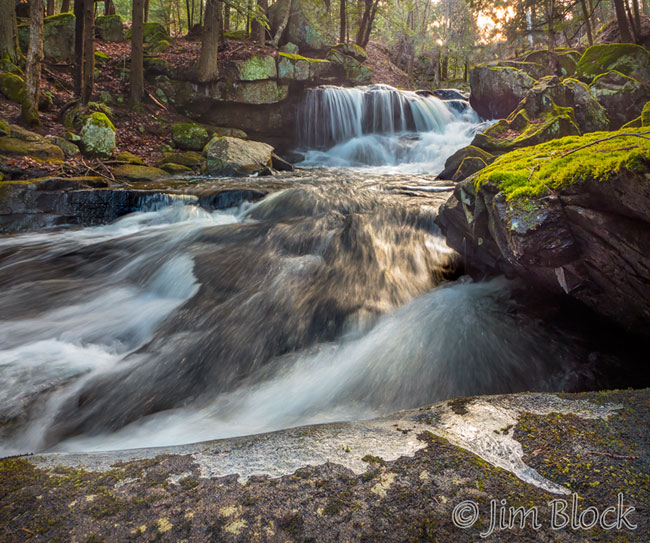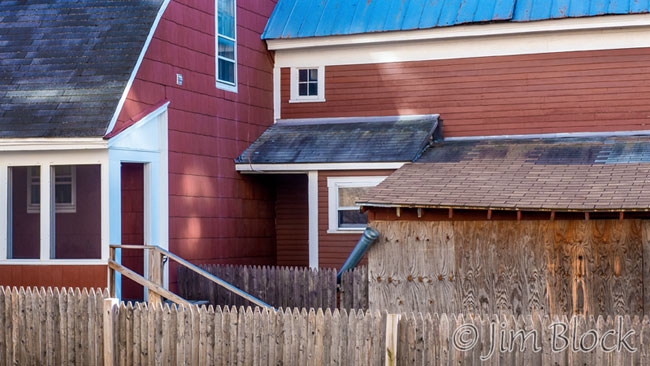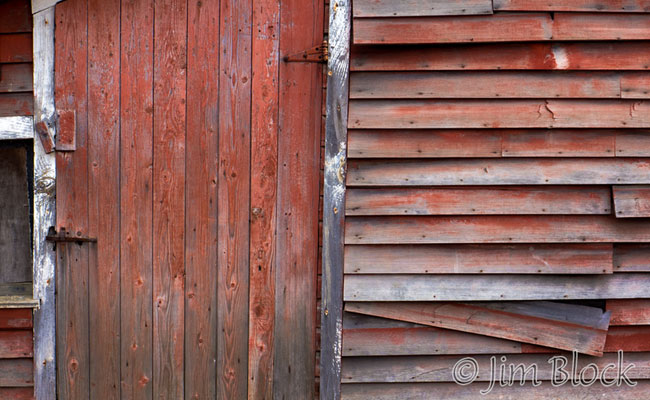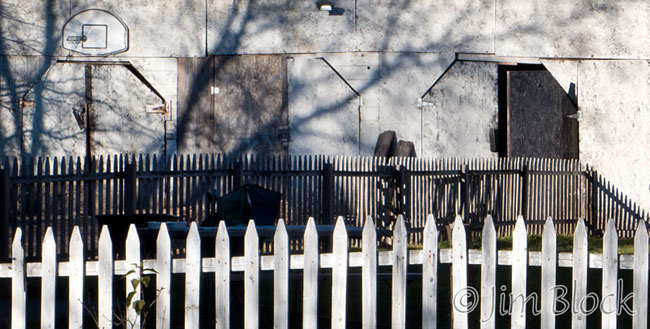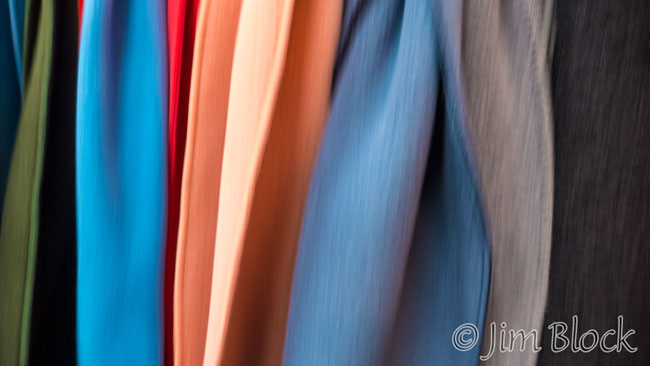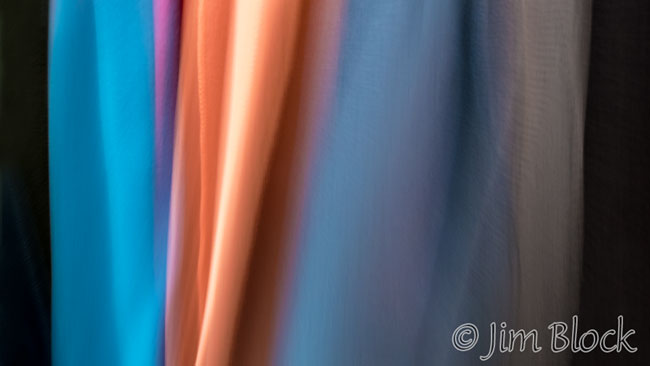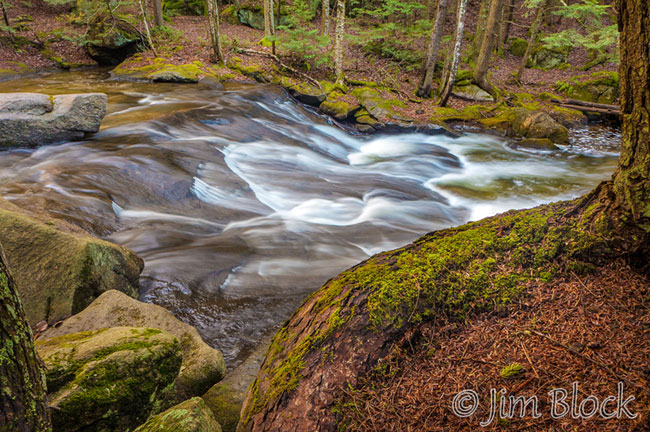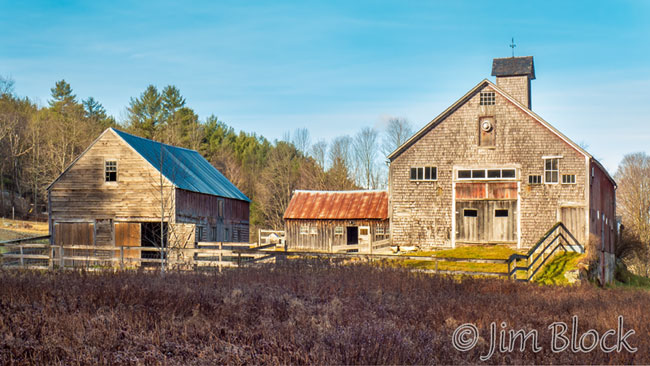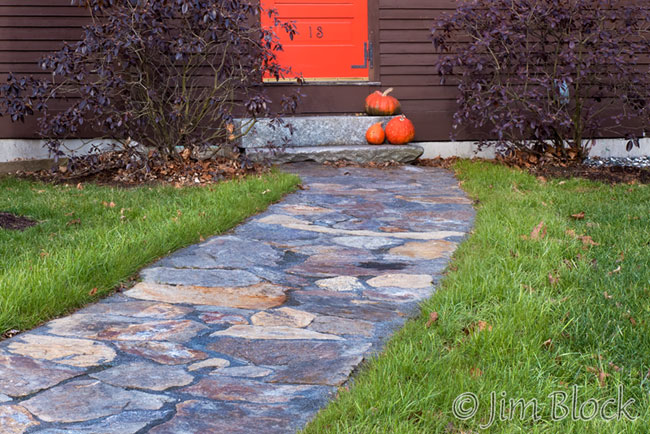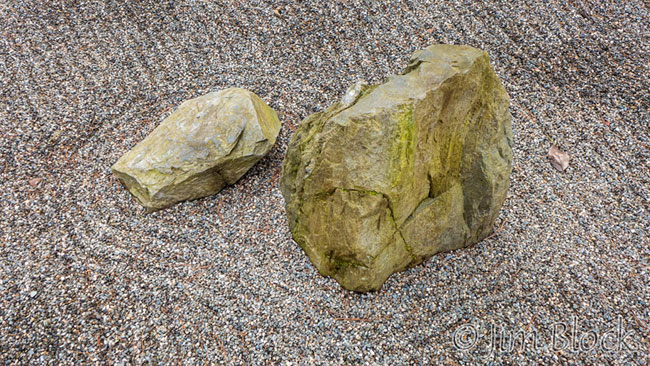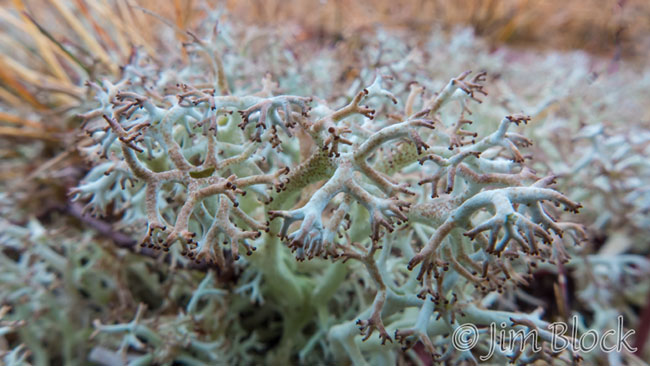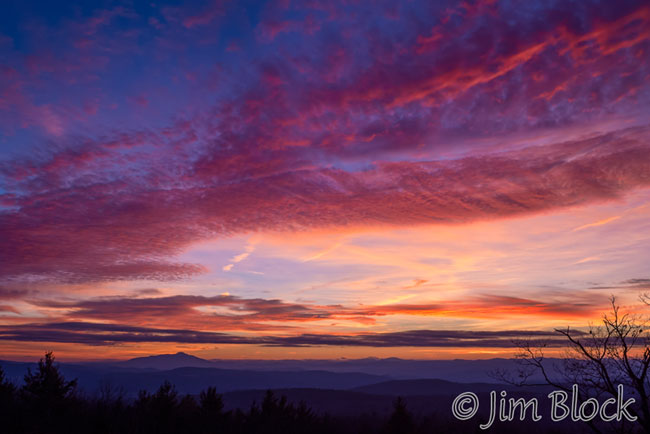Cameras and lenses are just tools. It’s not the equipment, it’s the photographer that makes pictures. I’ve had students with extensive and expensive gear who make very pedestrian photos. And I’ve had students with wonderful eyes for light and composition consistently make marvelous images using entry-level models and kit lens, even before they learned to use something other than AUTO.
However, each time Panasonic has come out with a new model in their compact LX series, I have upgraded. I had to think about it longer this time but when there was a brief Black Friday sale at a great price I couldn’t resist. I’m glad I made the move. In addition to a faster (f/1.4) lens, the LX7 has a number of very nice features. I have always liked the fact that it is very easy to change settings without resorting to menus, and even that characteristic has been improved. The built in 3-stop neutral density filter was a nice surprise, since I very much enjoy photographing moving water like the photo below made two days ago with the LX7.
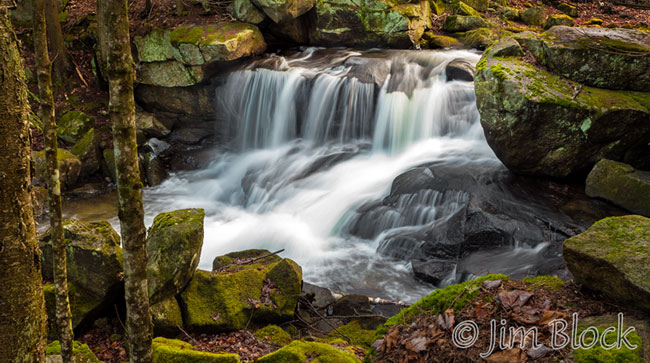
Most photographers benefit from owning a capable pocket camera in addition to a DSLR. It can be carried many times and places where a DSLR would not. When I’m riding my road or mountain bike my LX is around my neck or in a small pouch on the crossbar. The photo below was taken early in a Northeast Kingdom Lakes Century ride a few years ago.
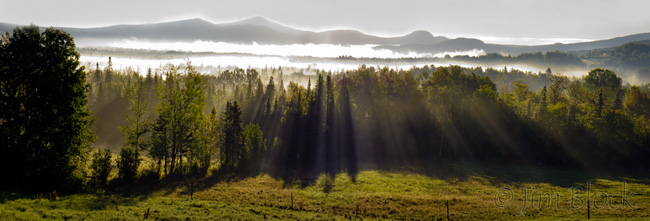
Although I stopped briefly after a long uphill climb from Crystal Lake to catch my breath and make this photo, I’ve gotten fairly adept at shooting while riding. The photo below was taken while in motion as I completed my first Prouty Century ride. Just ahead of me are two riders from Creare, an outstanding Hanover, NH company. Since they were pulling a child, they only did the 35 mile loop. Both of these biking photos were taken with the LX5 which was around my neck full time for these and other rides.
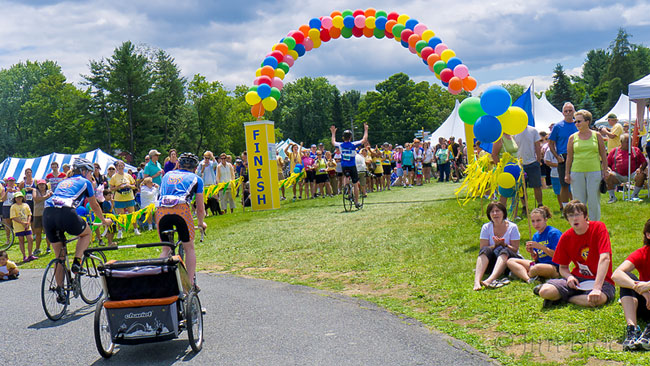
A small camera or cell phone camera can put subjects at ease compared with pointing a huge lens at them. Sometimes there is a real advantage to not looking too professional.
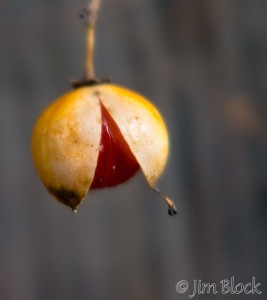
The LX7 has a number of “professional” features: easily changed Exposure Compensation settings, a focus spot you can move anywhere in the frame and even quickly and easily change its size, 5 frames/second in raw and up to 60 in JPEG. It will auto-bracket three shots up to +/-3 stops (vs Nikon’s one stop), and it does it lightening fast so handheld HDR merges are certainly possible.
What would it cost to outfit your DSLR with a 24mm, f/1.4 lens that focuses to less than a half inch? Panasonic sells a Leica-branded lens with these specs. It comes attached to the LX7 camera. And it is a zoom lens.
When I don’t need or want to carry a macro lens, the LX is my capable substitute. While the excellent camera in my iPhone is “always” with me, so too is the LX7 which shoots raw, has an almost 4X zoom ratio, and allows control of the aperture. The photo above to the left is a “macro” shot with the LX7 of a remaining bittersweet seed.
Below are some of the photos I made with the LX7 during my first 10 day shakedown period. The bird near the middle of the slide show is a common redpoll, part of this year’s huge invasion of “winter finches” that have come down from Canada to find food. To see more photos I took with this camera during the first month, click HERE>

